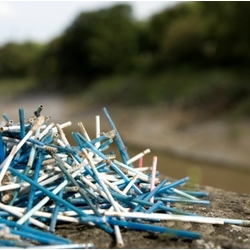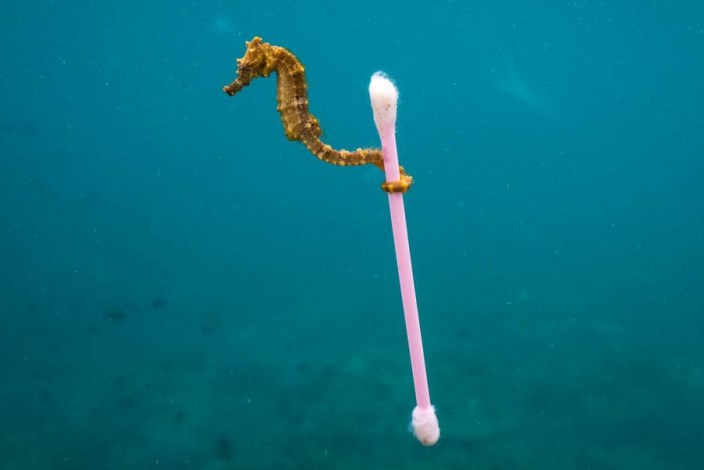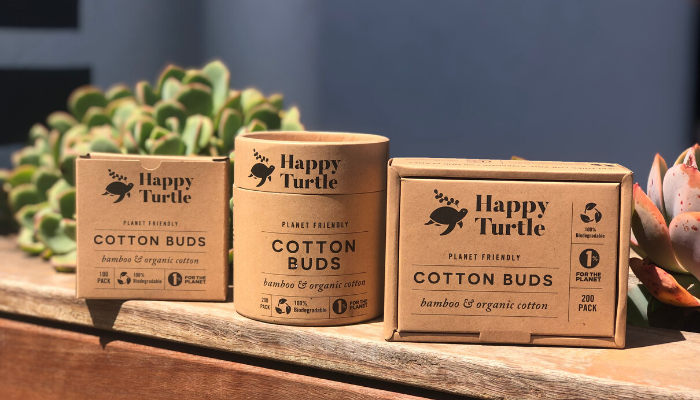Are Your Cotton Buds Good Buddies & Eco Friendly or Bad Buddies?
Author: Wholesome Hub Date Posted:2 March 2020
[@access_control@] [@article_id@] [@blog_author@] [@blog_content@] [@blog_id@] [@blog_subheader@] [@blog_subject@] [@category_id@] [@category_name@] [@category_ref@] [@category_subheader@] [@ccat_id@] [@compat_id@] [@compat_list_id@] [@compatcat_description@] [@compatcat_description2@] [@compatcat_fullname@] [@compatcat_name@] [@compatcat_ref@] [@content@] [@content_allow_reviews@] [@content_author@] [@content_compatibility_code@] [@content_description1@] [@content_description2@] [@content_description3@] [@content_external_ref1@] [@content_external_ref2@] [@content_external_ref3@] [@content_external_src@] [@content_fullpath@] [@content_id@] [@content_label1@] [@content_label2@] [@content_label3@] [@content_level@] [@content_module@] [@content_name@] [@content_ref@] [@content_short_description1@] [@content_short_description2@] [@content_short_description3@] [@content_type_code@] [@content_type_id@] [@content_type_name@] [@content_wufoo_form@] [@date_posted@] [@date_updated@] [@description@] [@description2@] [@external_ref@] [@gp_restriction@] [@id@] [@name@] [@page_content@] [@page_editor@] [@page_header@] [@page_id@] [@page_index@] [@page_subheader@] [@parent_ccat_id@] [@parent_content_id@] [@parent_id@] [@rating@](CODE) [@rating_decimal@](CODE) [@rating_round_half@](CODE) [@reviews@](CODE) [@short_description@] [@sortorder@] [@subtitle@] [@templatebody@] [@templatefoot@] [@templatehead@] [@templatesearch@] [@thumb@](CODE) [@thumb_alt@](CODE) [@thumb_alt1@](CODE) [@thumb_content_type_id@] [@timestamp@] [@title@] [@url@]

Cotton buds are super useful but also super damaging to the environment and marine life if they end up in the oceans. Here’s our lowdown on these ubiquitous bathroom buddies and how you can make yours better. Cotton buds are super useful but also super damaging to the environment and marine life if they end up in the oceans. Here’s our lowdown on these ubiquitous bathroom buddies and how you can make yours better.
Cotton buds are super useful but also super damaging to the environment and marine life if they end up in the oceans. Here’s our lowdown on these ubiquitous bathroom buddies and how you can make yours better.
The humble cotton bud. Never has something so small, been so multitasking. Especially in the beauty department. Smudged your mascara? Dip a cotton bud in a little water and wipe it away. Need to blend your eyeshadow? Blend away to your heart's’ content with a cotton bud. Little bit of an ear wax problem? A cotton bud will save the day. (Although technically, we’re not supposed to put anything inside our ears, but many of us still can’t resist having a gentle poke around with a cotton bud.)
DID YOU KNOW THAT 1.5 BILLION COTTON BUDS ARE PRODUCED EACH DAY WITH THE AVERAGE PERSON THROWING OUT 415 PER YEAR?
And a quick Google search will bring up pages of lists of what else we can use them for. There’s even something about using them to fix a zip. But, like many ‘life hacks’, most of these tips are totally wasteful, unnecessary, or both.
I mean, who actually cleans their hairdryer? We even found one image of a guy lovingling cleaning his car with a cotton bud. His car. The outside of it.
In fact there are many things you can apparently clean with a cotton bud. All of them things we’ve never really thought about cleaning. Such as our washing machines. Cleaning something that cleans for us? Strange.
Sadly, Most Cotton Buds, Are Bad Buds
Anyway, all that aside, cotton buds are yet another thing in our lives that now contain plastic. It used to be the case, that they were made from tightly rolled paper with cotton wool on both ends. Now, the stems are made from a plastic called polypropylene. We think the reason was convenience. This type of plastic is considered ‘safe’ to use in food packaging. It’s a hardy plastic, that is extremely hard wearing and can withstand the microwave.
Because of this, polypropylene is also extremely difficult to break down when it's finished with. And that includes cotton buds. (Incidentally, polypropylene is also linked with hormone disruption, as it can mimic female sex hormones if it gets into the body.)
How Cotton Buds Go from Dressing Table to Ocean
Cotton buds end up in the oceans, it's a sad fact. We’ve probably all seen that heartbreaking image of a beautiful sea horse, its tail curled around a cotton bud, swimming off the coast of Indonesia. It looks almost graceful, twirled around its ‘dancing partner’, elegantly going about its day. But this now iconic image is indicative of the sorry tale that’s happening out at sea.
Cotton buds up in the ocean through a variety of reasons, but mostly because they’re so often flushed down the toilet.

(Source: Photographer:Justin Hofman. Image from National Geographic, September 19, 2017 https://www.nationalgeographic.com/photography/proof/2017/09/seahorse-ocean-pollution/)
If you innocently flush your plastic cotton buds down the toilet, we urge you to stop now. We'd also like to take this opportunity to issue this public service announcement and remind everyone that you should only put the 3 P's down the toilet - pee, poo and paper. You're welcome!
THE TOILET ISN’T A RUBBISH BIN.
IT SHOULD ONLY BE FOR 3 P’S. PEE, POO & PAPER
Toilets are meant for human waste and toilet paper, nothing else. But since many cotton bud manufacturers don’t tell us not to flush, it isn’t entirely our fault.
Like many other plastics that end up in our seas, cotton buds also get washed in from beach trash and overflowing bins along coastal paths and on beaches. There’s also the issue of unscrupulous waste management around the world, with tonnes of rubbish (and even that meant for recycling) simply dumped at sea.
How Cotton Buds Impact on the Environment
Once a cotton bud is flushed away, it enters the sewage system. As sewage is pumped far out to sea, so is everything that isn’t meant to be there, such as tampon applicators, wet wipes and cotton buds. Cotton buds made from polypropylene tend to float as they’re so light. (You may notice that it takes a few flushes to get rid of it in the first place, telling us it really shouldn’t be flushed in the first place!)
As cotton buds are thin and small, they often bypass barriers that physically pull out larger non-biological items during the sewage treatment process. If there’s a sewage overflow due to heavy storms or a blockage, these measures are redundant anyway, and everything gets through.
COTTON BUDS ARE LISTED AS THE TOP 5 - 10
WASTE ITEMS MOST COMMONLY FOUND AT THE BEACH
Breaking Down the Problem
One of the major problems with plastic is the very thing that makes it so convenient. As is the case with polypropylene, plastics are difficult to break down. Instead, plastic tends to break up. These pieces break into smaller and smaller fragments eventually becoming microplastics that are so small they’re often invisible to the naked eye. Plastics can remain this way for hundreds of years, gradually getting smaller.
.png)
The quicker a plastic breaks down, often the worse it is for the environment. These microplastics become tasty-looking fodder for small fish, who feed on them unwittingly. Larger fish then come along and eat them, plastic and all. And then we come along and eat the bigger fish…
It's not yet proven if our own plastic waste is ending up on our dinner plates, but it’s certainly a daunting, and seemingly very possible, prospect.
There’s also the risk that because of their long, thin shape, that cotton buds are being ingested by sea dwelling creatures whole. This causes catastrophic damage to their digestive system, or severe blockages that mean the animal cannot eat. If they’ve become brittle, they will also break down into sharp fragments within the poor creatures throat or stomach. Either way, eventually death won’t be far away.
UV light, oxygen from the air and the action of wind and the waves, can accelerate the breaking up of plastic. This makes things worse for the quick breaking up of the plastic cotton bud that is already small and that floats on the surface of the water. This weathering effect means they soon break into sharp little pieces which then become tiny fragments.
Chemical Overload
These tiny fragments, aside from being eaten by fish, turtles, other marine creatures and seabirds, are also toxic. Once they’re in the stomach of a creature, they can also move into the bloodstream with the other (good) products of digestion such as protein and fat. Once in the bloodstream, they’ll migrate to the cells of the organism, potentially causing toxic havoc.
Plastics are often coated in flame retardants and non scratch layers. Or they’re dyed or painted to look eye pleasing on the bathroom shelf. When plastics break up, these toxins are released to the marine environment. Compounding the matter, some plastics can also take on and absorb these chemicals and toxins that have been released by other ocean rubbish. Therefore adding to the chemical cocktail already present in this unfortunate fish food.
Weathered polypropylene absorbs higher quantities of a group of chemicals called polycyclic aromatic hydrocarbons, or PAHs. PAHs, that come from other types of plastic, have been linked with toxicity related cancerous tumours found by scientists and researchers in some fish. It's thought that this toxicity can then move up through the food chain via a process known as ‘biomagnification’. Other plastic chemicals and heavy metals are known to also bioaccumulate in sea life, either from ingesting them directly, or from microplastics breaking down further in their guts.
As you would expect, these toxins can also impact on us if we bathe, swim, surf or simply paddle in the oceans. For example, chemicals called polybrominated diphenyl ethers, or PBDEs, are as scary as they sound. They’re found in flame retardants and leech out of plastics and into our waterways. They’ve been linked with thyroid problems in both animals and humans.
And if nothing else, simply relaxing on a beach is sure going to be spoilt if cotton buds, and other plastic waste, is constantly being washed up and littering the sand.
What Can We Do?
Of course, it isn’t just cotton buds that cause the problem of plastic pollution in the world’s oceans. But they sure are something that really don’t need to be there.
So, all hail bamboo cotton buds! Just like we said at the beginning, cotton buds have a plethora of (bona fide, useful) uses. So opting for cotton buds made from bamboo, are a perfect solution. They’re just as sturdy as plastic, and just as useful. And although they still should never be flushed down the toilet, if they do end up in the ocean, or indeed landfill, they will completely degrade over time.
Happy Turtle (our own little brand) of biodegradeable cotton buds are made from certified organic cotton and a bamboo stick. We donate 1% of sales through our partnership with 1% for the Planet, which means each time someone buys a Happy Turtle Cotton Bud, they're helping to give back too.
Also, who doesn't love a little eco-chic? Happy Turtle Cotton Buds come in stylish (no plastic, FSC certified) packaging. You can choose from a flip lid box or uber cool tube or your traditional, handy little box. These Happy Turtle buds will look awesome in your bathroom and home, whilst being healthier for you and awesome for our planet.
So, at Wholesome Hub you don't need to worry about whether your buddies are good or bad. No duds here and only good buddies around!
(Main Image Source: Cotton buds collected along the River Avon, Bristol. © City to Sea)








